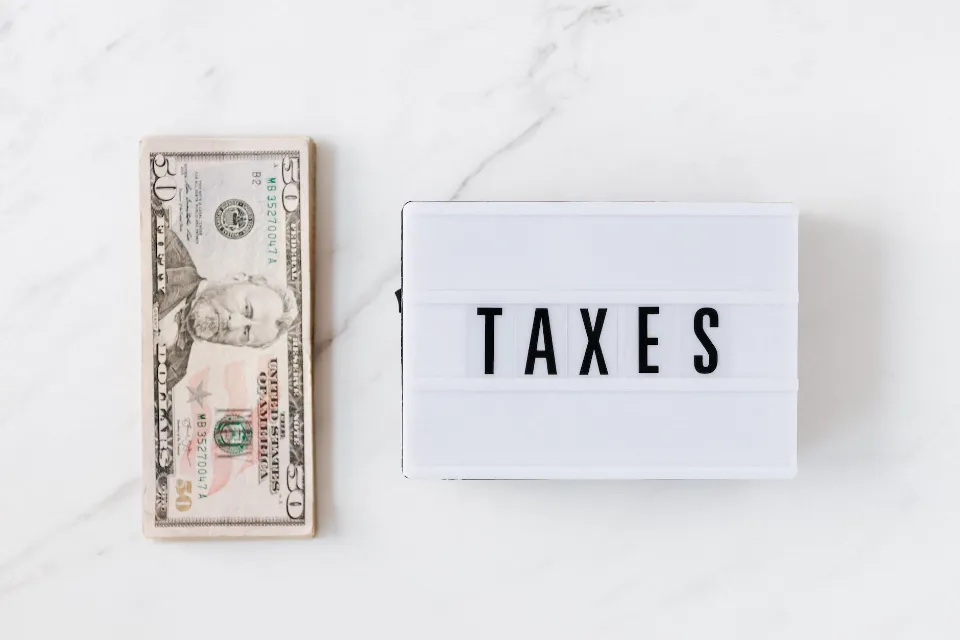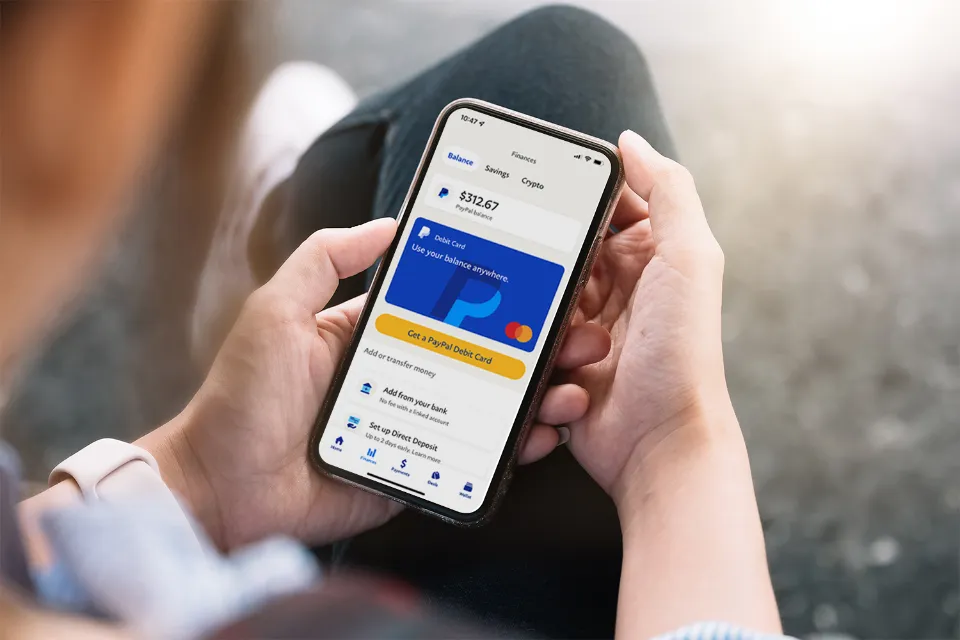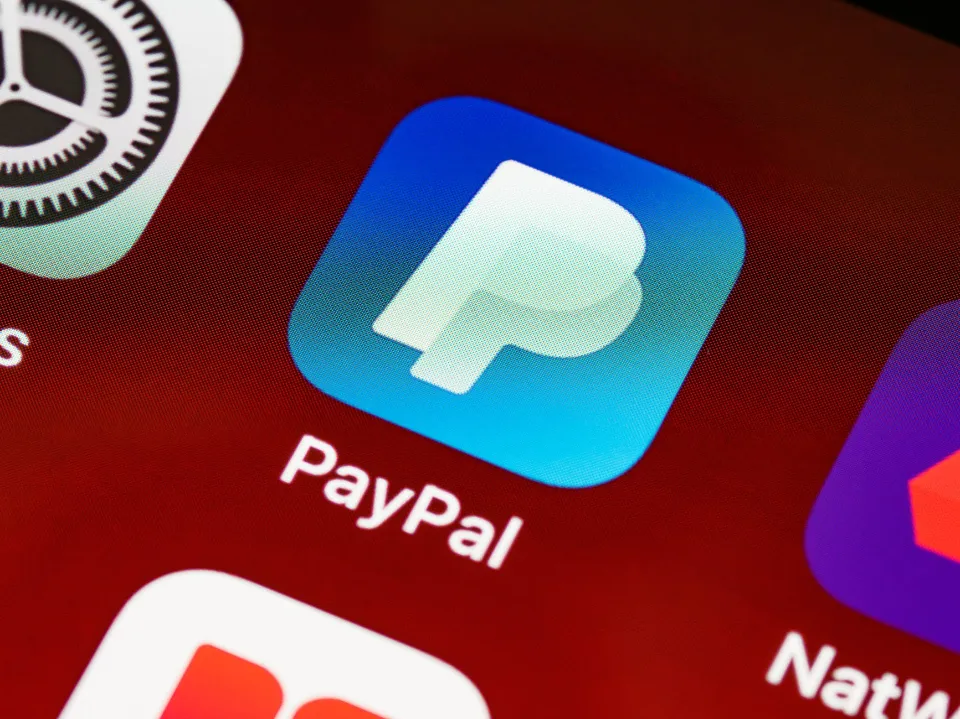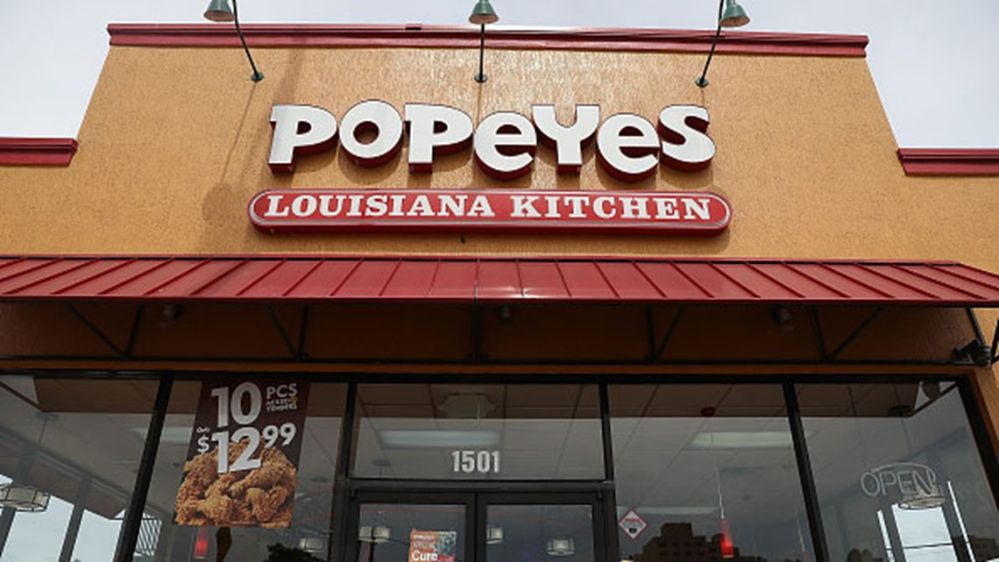There are eight effective ways you can do to avoid these PayPal fees and significantly lower the amount you give to PayPal.
The efficiency and convenience of PayPal are unmatched by any other platform for online payments. The largest payment processor in the world, PayPal has assisted millions of business owners, freelancers, professionals, and tradespeople in processing payments in a safe and secure manner. These payments are pricey, as you are already aware if you have been using PayPal for some time.
If you only use PayPal for business, you run the risk of losing a sizable portion of your fortune to PayPal fees every year. You can see the significant sacrifice you must make just to receive a quick and secure payment when you take the conversion rate into account. How then can PayPal fees be avoided? Let’s go over all of your inquiries regarding PayPal fees.
Request Payment as “Family Or Friend”
If you exclusively use PayPal for business purposes and don’t have a functioning website, you can’t use this option. But if you’re a sole proprietor or an independent contractor, this might be the best choice for you. To receive money, all you need is a PayPal account.
When someone pays you via PayPal, they will be asked if they are paying for either “Goods and Services” or “Family and Friends.” If your client opts for the first option, the previously discussed basic fee of $0.30 and 2.9 percent will be added to the payment.

However, if they select the latter, the recipient won’t be required to pay any PayPal fees. So if you accept payments as a lone freelance worker, you can choose the “Family and Friends” option to avoid the fees PayPal is prepared to assist you.
Here are some important things that you should keep in mind:
- If you send them an invoice, the payment will be recorded as a business transaction, and transaction fees will always apply.
- You have two options: either ask them to pay directly and select the “Family and Friends” option, or you can send them a separate invoice via another payment service.
There’s no payment protection for payments made through the “Family and Friends” option. Therefore, there won’t be any chargebacks for any mistakes or errors made during the payment process. But this provides the recipient with yet another advantage. However, if they don’t know you, they might think you’re attempting to con them.
Upgrade to a Business Account
If you’re using PayPal exclusively for business purposes, then the “Family and Friends” payment option is out of the picture. The switch from a basic to a business PayPal account, however, will be very advantageous for you.
When you switch to a business PayPal account, you get a ton of benefits. Reduced fees are one such advantage. Therefore, the lower fees will undoubtedly be helpful whether you accept or send money using PayPal.
Contrary to the prior option, you will still have to pay fees. The convenience alone, though, makes it worthwhile. The PayPal Working Capital will also be available to you at the same time. So, if you own a business, think about switching over as soon as possible to a business account.
File Your Taxes Like a Good Citizen

Did you know that if your tax returns are filed correctly, you may be able to deduct your PayPal fees? If not, then you do now. Regardless of where you are on the planet—the US, the UK, or any other country—this statement is absolutely accurate.
If your company accepts a lot of online payments, simply total up your annual payments and include them in your deductions. Additionally, by using the amount of money you received after paying the fees, it is simpler to add your income.
The invoicing and filing procedure will probably become more time-consuming and drawn out as a result. Another thing to keep in mind is that the fees you pay for converting and withdrawing won’t be covered.
Charge Your Customers/Clients
You can also ask your clients or customers to cover the PayPal fees as an alternative, which is an efficient way to do so. Start requesting that your customers pay for the cost of the money transfer. Although it might seem risky, small businesses frequently ask for coverage for PayPal fees.
Every payment made through PayPal can simply have a three percent surcharge added. You can make sure that every time a payment is made, PayPal fees are paid.
Additionally, the majority of users are already accustomed to paying to use particular features and techniques. In contrast to PayPal, credit cards are much more frequently used for this., it’s still an effective tactic that many eCommerce businesses employ. Furthermore, it won’t arouse mistrust or uncertainty. So, whenever you decide to use this option, everyone benefits.
This choice, though, will only be successful if you also give your clients and customers other choices. Otherwise, it will appear to be a nefarious plot on your part. If PayPal is the only payment method you provide, your only choice is to raise the price of your goods and services by three to five percent in order to cover the PayPal fees as well.
Make Larger Payments

The fee is capped at $4.99 when sending money directly to another PayPal account. This implies that sending $100 costs the same as sending $1,000, and so on.
Making fewer payments in larger amounts keeps the relative cost low. On the other hand, Xoom is not restricted in this manner.
Factor PayPal Costs into Pricing
When working with international partners, the cost of payment should be factored into the pricing of the service, especially when transactions are large and/or frequent.
The specifics must be worked out in advance. The cost of the service should take the frequency of payments, the size of the transactions, and exchange rates into account. In this manner, there won’t be any unpleasant surprises later.
Deduct Fees at Tax Time
In order to reduce your taxable income at the end of the year, you can deduct PayPal and other payment processing fees from your business expenses. While using PayPal may still be more expensive as a result of this, some of that loss may be made up by tax breaks.
Look for An Alternative
Last but not least, if you are still unsatisfied with PayPal’s fees and are unable to find a workaround, it may be time to look into alternative payment methods. We’ve done our research and have come up with three of the best alternative options that you can consider:
- Neteller: excellent In some places, Neteller, an alternative to PayPal, may be less expensive. Unfortunately, it can also be pricey in some cases and has subpar customer service.
- Skrill: a strong competitor to PayPal that functions similarly to Neteller.
- Venmo: the ideal payment option when you’re sending money to friends and family. If you’re selling little things, it’s also a great choice. It’s not ideal for business use, though.
Conclusion: Avoid PayPal Fees
Transaction costs are a standard component of online commerce. The good news though, is that PayPal fees are totally tax deductible as a business expense. It’s true!
The price of sending money can vary significantly depending on the currency, frequency, and amount of the transaction. Therefore, it’s crucial to consider this when deciding which money transfer service is the most economical.
FAQs
Why is PayPal Charging Me a Fee?
PayPal fees are the costs associated with using the platform to process payments and send or receive money. Fees are applied either as a percentage of the transaction amount or as a flat fee, depending on how you’re sending or receiving money.
How Much is the PayPal Fee for $100?
For the most common PayPal fee of 3.49% + $0.49, the fee for a $100 transaction will be $3.98, making the total money received after fees $96.02.







